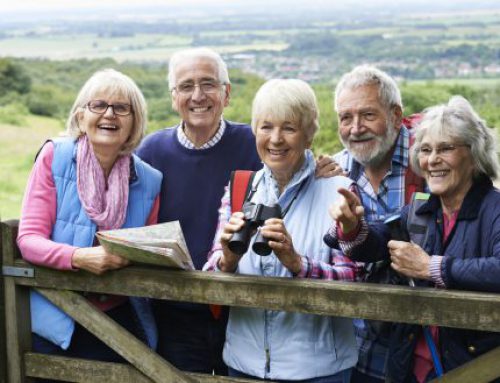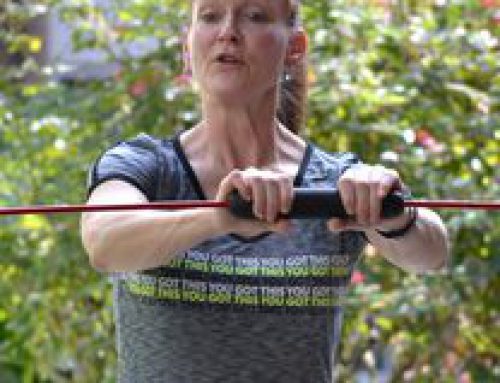Next time you’re in a room of people, ask them to raise their hands if they have fallen in the past 6 months. I do this exercise when presenting on falls. It’s happens to people of any age – just watch a toddler, a child playing sports or an adult rushing up a flight of stairs!
I have fallen on ice, while out running or even over my beloved dog. However, the tone changes when we talk about older adults falling. We become more concerned and rightly so. Older adults have more risk factors for falls and are more likely to suffer from a consequence of a fall.
Falls do present a serious health risk for millions of Americans over 50. As the leading cause of injury deaths and the most common cause of injuries and hospital admissions for trauma, falls are indeed a worry for at-risk adults and those who love them. However, falls are not an inevitable part of aging. We can take action to prevent a fall at any age. What better time to do that than Fall Prevention Awareness Week, which coincides annually with the first day of Fall each year?
This fall, I challenge you to choose at least one way to reduce your fall risk.
|
|
Get more exercise. Exercises that improve lower body strength and balance reduce the risk of falls and fall-related injuries. If you aren’t doing strength, flexibility and balance work, here are some exercises to add to your routine.
Review medications. Taking four or more medications (prescription or over-the-counter) puts you at an increased risk for falling. Many medications can have side effects of dizziness, disorientation or sleepiness or may cause these side effects if taken with other medications. A doctor or pharmacist can help.
Have your vision checked. Vision changes are common as we age. It’s important to have your vision checked annually and to update your vision prescriptions even if you don’t feel you need them updated yet. Even slight changes in your vision can cause disorientation.
\Make your home safer. About half of all falls happen at home. There are many, inexpensive things we can do to make our homes safer. Review these home safety steps:
- Remove things you can trip over (like paper, books, clothes and shoes) from stairs and places where you walk.
- Remove small throw rugs.
- Have grab bars put in next to your toilet and in the tub or shower.
- Use non-slip mats in the bathtub and on shower floors.
- Improve the lighting in your home. As you get older, you need brighter lights to see well. Hang light-weight curtains or shades to reduce glare. Use night lights to help in the dark.
- Have handrails and lights put in on all staircases. Handrails on both sides of the stairs is best.
- Wear shoes both inside and outside the house. Avoid going barefoot or wearing slippers.
To learn if you are at risk for falls, take this assessment from the CDC.





